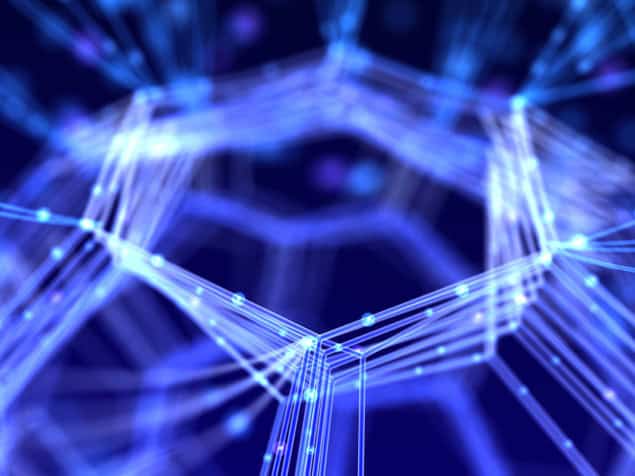By twisting layers of graphite into new configurations, researchers model spinless topological chirality, bridging the gap between structural and quantum properties

Structural chirality refers to the geometric property of objects that are not superimposable on their mirror images, a concept that is central to organic chemistry. In contrast, topological chirality in physics involves quantum properties like spin and is essential for understanding topological edge states. The connection between these two forms of chirality remains an open question.
Traditionally, topological phenomena have been studied in spinful systems, where the presence of spin allows for chiral interactions and symmetry-breaking effects. This new study challenges that paradigm by demonstrating that topological chirality can arise even in spinless systems, purely from the three-dimensional structural arrangement of otherwise featureless units.
The researchers mathematically investigate two types of twisted 3D graphite systems, composed of stacked 2D graphene layers. Importantly, large twist angles were used (21.8∘). In one configuration, the layers are twisted into a helical screw-like structure, while in the other, the twist angles alternate between layers, forming a periodic chiral pattern. These structural designs give rise to novel topological phases.
A key mechanism underlying these effects is intervalley Umklapp scattering. This scattering captures the chirality of the twisted interfaces and induces a sign-flipped interlayer hopping, by introducing a π-flux lattice gauge field. This field alters the symmetry algebra of the system, enabling the emergence of spinless topological chirality.
This research opens up a new design principle for topological materials. By engineering the spatial patterning of structureless units, researchers can induce topological chirality without relying on spin. This has significant implications for the development of topological photonic and acoustic devices, potentially leading to simpler, more tunable materials for applications in quantum computing, sensing, and waveguiding technologies.
Read the full article
Spinless topological chirality from Umklapp scattering in twisted 3D structures
Cong Chen et al 2025 Rep. Prog. Phys. 88 018001
Do you want to learn more about this topic?
Interacting topological insulators: a review by Stephan Rachel (2018)
